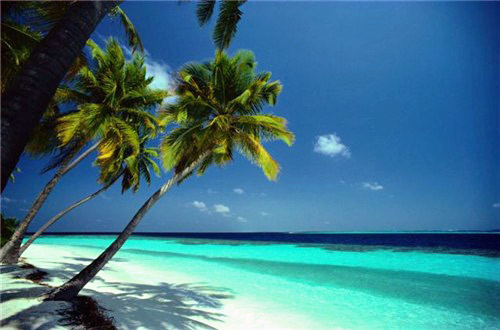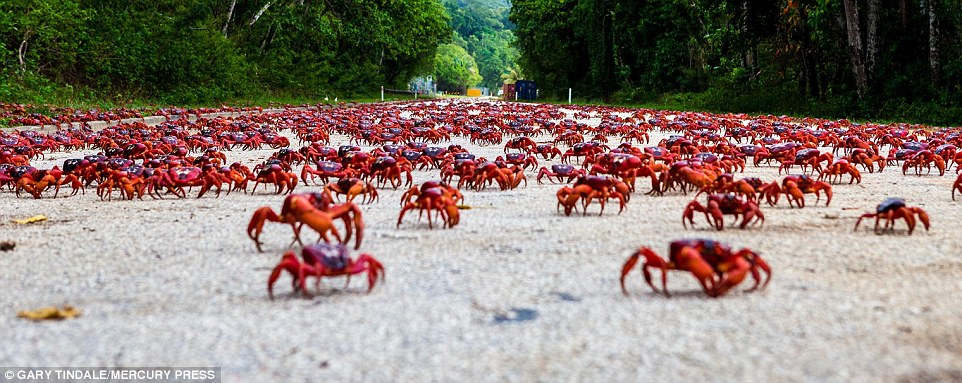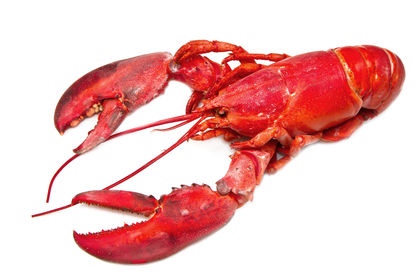Stamp: Grapsid crab (Solomon Islands 1995)
Grapsid crab (Solomon Islands 1995)
17 February (Solomon Islands ) within release Visit South Pacific Year goes into circulation Stamp Grapsid crab face value 1.15 Solomon Islands dollar
| Stamp Grapsid crab in catalogues | |
|---|---|
| Michel: | Mi: SB 879 |
| Stamp Number: | Sn: SB 792 |
| Stanley Gibbons: | Sg: SB 825 |
Stamp is horizontal format.
Also in the issue Visit South Pacific Year:
- Stamp - Hermit Crab face value 30;
- Stamp - Grapsid crab face value 1.15;
- Stamp - Scuba Diving face value 95;
- Stamp - Butterfly face value 50;
- Souvenir Sheet - Visit South Pacific Year´98 face value 4;
- Stamp - Flower and yellow-bibbed lorry (Lorius chrolocercus) face value 4;
|
Data entry completed
80%
|
|
|---|---|
| Stamp Grapsid crab in digits | |
| Country: | Solomon Islands |
| Date: | 1995-02-17 |
| Size: | 47 x 31 |
| Emission: | Commemorative |
| Format: | Stamp |
| Face Value: | 1.15 Solomon Islands dollar |
Stamp Grapsid crab it reflects the thematic directions:
Animals are multicellular, eukaryotic organisms of the kingdom Animalia (also called Metazoa). All animals are motile, meaning they can move spontaneously and independently, at some point in their lives. Their body plan eventually becomes fixed as they develop, although some undergo a process of metamorphosis later on in their lives. All animals are heterotrophs: they must ingest other organisms or their products for sustenance.
A beach is a landform alongside a body of water which consists of loose particles. The particles composing a beach are typically made from rock, such as sand, gravel, shingle, pebbles, etc., or biological sources, such as mollusc shells or coralline algae. Sediments settle in different densities and structures, depending on the local wave action and weather, creating different textures, colors and gradients or layers of material.
Crabs are decapod crustaceans of the infraorder Brachyura, which typically have a very short projecting tail-like abdomen, usually hidden entirely under the thorax (brachyura means "short tail" in Greek). They live in all the world's oceans, in freshwater, and on land, are generally covered with a thick exoskeleton, and have a single pair of pincers on each arm. They first appeared during the Jurassic Period.
Crustaceans are a group of arthropods that are a part of the subphylum Crustacea (/krəˈsteɪʃə/), a large, diverse group of mainly aquatic arthropods including decapods (shrimps, prawns, crabs, lobsters and crayfish), seed shrimp, branchiopods, fish lice, krill, remipedes, isopods, barnacles, copepods, opossum shrimps, amphipods and mantis shrimp. The crustacean group can be treated as a subphylum under the clade Mandibulata. It is now well accepted that the hexapods (insects and entognathans) emerged deep in the Crustacean group, with the completed group referred to as Pancrustacea. The three classes Cephalocarida, Branchiopoda and Remipedia are more closely related to the hexapods than they are to any of the other crustaceans (oligostracans and multicrustaceans)
Marine life, or sea life or ocean life, refers to the plants, animals and other organisms that live in the salt water of the sea or ocean, or the brackish water of coastal estuaries. At a fundamental level, marine life helps determine the very nature of our planet. Marine organisms produce much of the oxygen we breathe. Shorelines are in part shaped and protected by marine life, and some marine organisms even help create new land. Altogether there are 230,000 documented marine species, including over 16,000 species of fish, and it has been estimated that nearly two million marine species are yet to be documented. Marine species range in size from the microscopic, including plankton and phytoplankton which can be as small as 0.02 micrometres, to huge cetaceans (whales, dolphins and porpoises) which in the case of the blue whale reach up to 33 metres (109 feet) in length, being the largest known animal.





